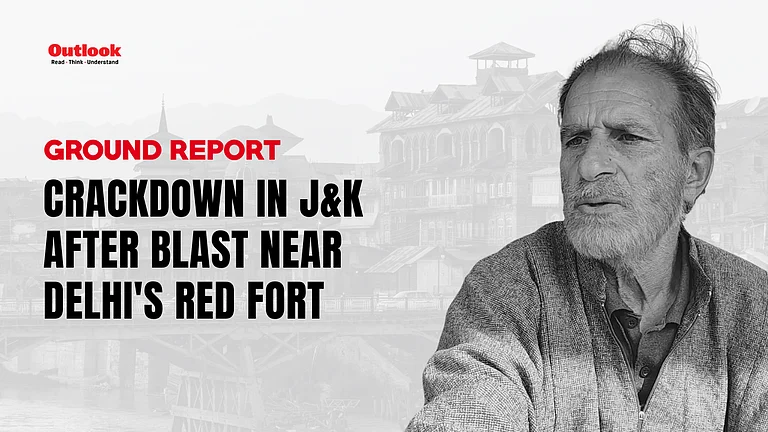Indian Investment
- $1.7 billion
- key projects: power, hospitals, schools, the parliament power, hospitals, schools, the parliament
***
The London Conference on Afghanistan on January 28 has raised the spectre of the Taliban returning to the political centrestage, prompting many an alarmist in South Block to predict that India’s worst nightmare is about to come true. In other words, the possible return of the Taliban has invariably been seen as a remarkable gain for Pakistan.
The conference has belied efforts of the Indian government to persuade its western interlocutors and the Afghan government of Hamid Karzai that the theory of “good Taliban and bad Taliban” is illusory. New Delhi had vigorously argued that the Taliban were votaries of the most virulent brand of Islam, and responsible for the devastation and instability in Afghanistan. London, consequently, was a rude shock, demonstrating the eagerness of most western powers to seal a rapprochement with the Taliban, and cobble together an arrangement in Kabul that would justify their early exit from Afghanistan.
As the news from London confirmed the worst fears of New Delhi, a senior official of the ministry of external affairs told Outlook, “Irrespective of what happened in London, the people of Afghanistan know what we are doing for them and they continue to show their support for our reconstruction effort.” Aren’t these just brave words aimed at justifying large sums of money, time and energy expended on Afghanistan for the past nine years?
Obviously, India will have to rethink its Afghan policy. Some say New Delhi should review its existing policy of not committing troops in Afghanistan. The issue was discussed at a recent meeting of the Cabinet Committee on Security chaired by Prime Minister Manmohan Singh. India’s reluctance to send troops there is guided by two factors. Since the US is crucially dependent on Pakistan to stabilise Afghanistan, it’s quite possible Washington won’t accept India’s offer, apprehensive of the anxiety it could stoke in Islamabad. Second, there are many who feel India should send troops to a foreign land only under the United Nations banner.
This is the reason why many in the Indian establishment propose another option—train the Afghan National Army (ANA), more so because the London conference wants to put in place over 170,000 army personnel and another 140,000 Afghan policemen to take control of the country and contain fractious blood-letting. No better than a paramilitary force, the ANA remains poorly trained and ill-equipped as the US and others are wary of leaving sophisticated artillery in the hands of Afghan soldiers. India can step into this vacuum, putting in place effective infantry, artillery and armoured divisions.
Tipped as the ANA is to become a key player in Afghanistan’s future, a role in bolstering it could yield India rich dividends. Some say this perhaps is the only way India could safeguard its investment of over $1.7 billion in Afghanistan. This investment include projects ranging from setting up power generation and distribution systems, schools, hospitals and other important buildings, including the Afghan parliament—essentially schemes that meet the “demands, needs and aspirations” of the people of Afghanistan. It has also been training a number of teachers, policemen, civil servants, and recently offered to train Afghans in the field of agriculture—a crucial sector in the Afghan economy.
But the million-dollar question is: can the US and other western powers be convinced by India that it’s the best bet for engendering peace in this land at the heart of the fight for global security?

























